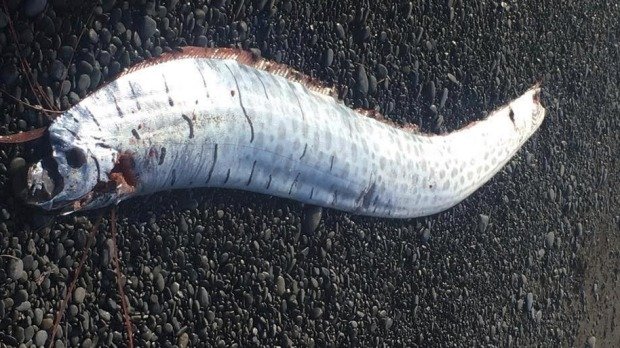OF THE
TIMES
What's coming down the pipe to distract from with a home grown FF?
I had a similar experience in high school. I believe students, at least high school students should be segregated by gender. When all those...
Biggest supplier of misinformation are all the governments.
“Whenever the government of the United States shall break up, it will probably be in consequence of a false direction having been given to public...
The Sinister Web Untangled: CIA & Rockefeller’s Secret Agenda Revealed in the Shocking 2025 Depopulation Report by Deagel [Link]
To submit an article for publication, see our Submission Guidelines
Reader comments do not necessarily reflect the views of the volunteers, editors, and directors of SOTT.net or the Quantum Future Group.
Some icons on this site were created by: Afterglow, Aha-Soft, AntialiasFactory, artdesigner.lv, Artura, DailyOverview, Everaldo, GraphicsFuel, IconFactory, Iconka, IconShock, Icons-Land, i-love-icons, KDE-look.org, Klukeart, mugenb16, Map Icons Collection, PetshopBoxStudio, VisualPharm, wbeiruti, WebIconset
Powered by PikaJS 🐁 and In·Site
Original content © 2002-2024 by Sott.net/Signs of the Times. See: FAIR USE NOTICE


Comment: See also: Rare oarfish: New Zealand sea serpent maybe a harbinger for natural disaster, says scientist